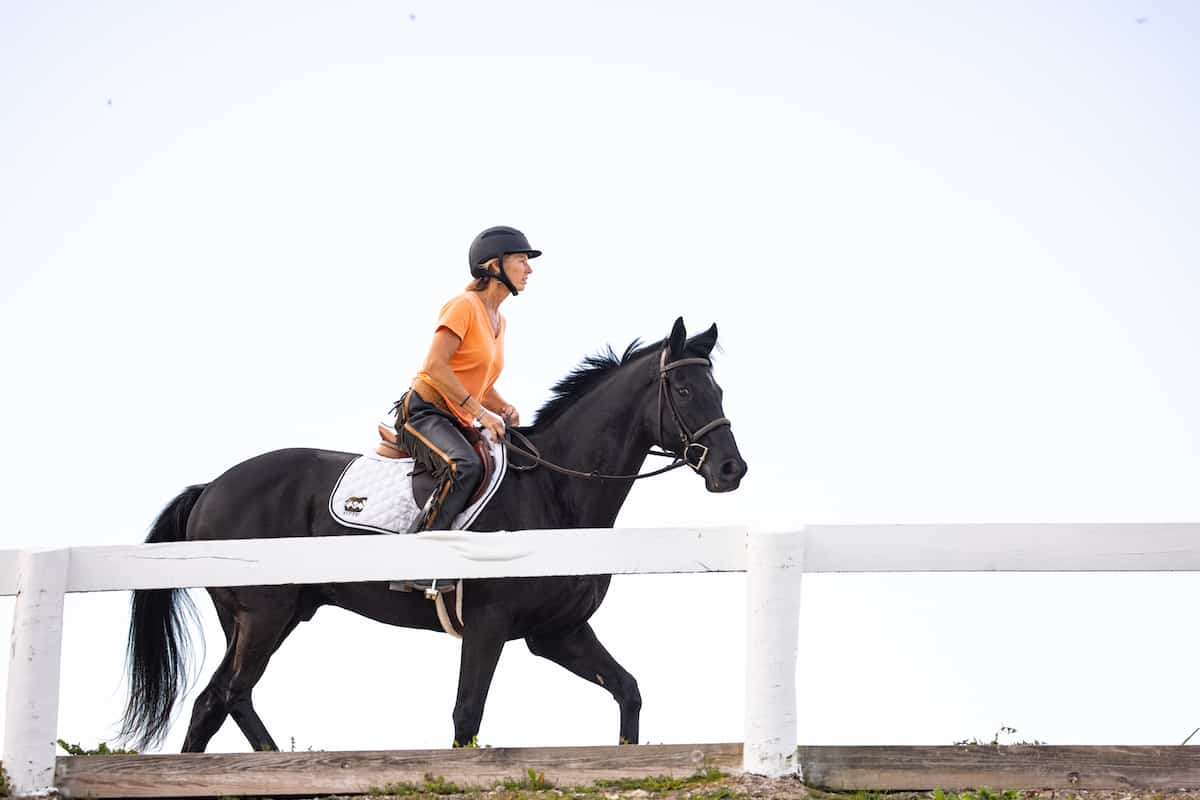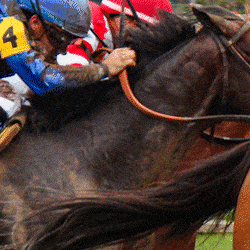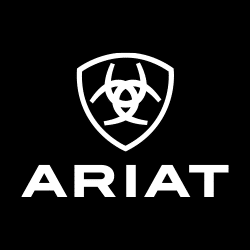While some Thoroughbreds are harder keepers than other breeds or individuals, there’s no need for them to stay thin. Here are some tips for building a good diet for your hard keeper.

Bethany P Photography
So, you’ve just brought home a retired Thoroughbred racehorse. You’ve probably heard that Thoroughbreds have a reputation for being “hard keepers.” While this may have a basis in fact – Thoroughbreds and other light breed horses tend to have higher energy expenditures than heavy breeds or ponies – it doesn’t mean that you should expect your new horse to be thin. You can maintain a Thoroughbred ex-racehorse in good or moderate body condition according to the Henneke Body Condition Scoring scale; some may even surprise you and get downright pudgy if you’re not careful! Here are some things to keep in mind and some tips for feeding your new horse.
Horses in race training have a significantly higher requirement for all nutrients, but especially for calories. For example, a 500-kg horse (1100 lb) at “maintenance” as described by the National Research Council’s Nutrient Requirements for Horses (NRC) requires between 15.15 and 18.15 Megacalories per day in order to maintain normal body functions without gaining or losing weight.[1] The horse that just hangs around in the shelter all day needs the 15.15, whereas a more active animal that plays, moves around a lot or is just generally nervous (any of which could describe a Thoroughbred) will need the higher amount. This exact same horse, when in intense work requires 34.48 megacalories per day! Whether you’ve got an active or lazy Thoroughbred, his energy requirement is basically double that of an idle horse.
In order to meet these high nutritional demands, racehorses are often fed a diet that is high in energy concentrates (often grain-based) and low in forage – often approaching a 50/50 ratio. The NRC provides estimates of the maximum amount of feed a horse can eat in one day – for racehorses, this is usually between 2 and 2.5% of their body weight in dry matter (DM). Since most hays and commercial feeds are around 90% DM – one could estimate that daily intake is between 24 and 30 pounds of hay and grain per day. Your ex-racehorse could easily have been getting as much as 15 pounds of grain per day. If you can, find out how much and what type of grain your racehorse was being fed. When measuring horse feeds, it is best to use actual weights whenever possible: there are a variety of sizes of scoops and feeds have different weights per quart; I’ve seen hays where a “flake” weighs 2 pounds and another where a flake weighs 5 pounds. The only way to be sure that you know what your horse is getting is to weigh it!
Tip #1: Do NOT cut your new horse’s grain cold turkey! Just like in any other case, make changes to the diet gradually. At Dodon Farm Training Center, we find that if we get a horse in good condition straight from the racetrack, we are able to maintain that condition by gradually reducing the concentrates to meet the new lower caloric requirements of a horse in light-moderate work. Horses that come in after a few months of downtime from racing may arrive in need of some groceries to increase their body conditions. There is no need for a horse to lose condition (i.e., show ribs or otherwise lose weight) post-racing, but they can do it awfully fast. You will find that their physique will change with a let-down, but try to stay one step ahead of any change in body weight or body condition by offering a high quality forage and, if necessary, a grain mix.
Tip #2: Monitor your horse regularly for changes in body condition, whether that change is up or down, and make changes to the diet accordingly. Don’t wait for your horse’s ribs to show before increasing the amount, type, or quality of feed you’re giving. Learn to use the Henneke Body Condition Scoring system. While it was developed using Quarter Horse broodmares, it is still an effective tool to monitor fat cover on your Thoroughbred. Generally, racehorses are maintained between a 4 and a 5 on the Henneke Scale and most show and pleasure horses are a 5 or a 6. My rule of thumb for a “5” is that you should be able to feel the horse’s ribs but not see them – even though that is NOT the only place to check!
Remember, racehorses are first and foremost horses. Horses are suited to frequent small meals throughout the day and benefit from turnout. However, they often come with their own challenges. Treat your horse like the horse s/he is: base its diet on a high quality forage first and add any energy concentrate/grain mix to meet an increased need for calories; offer them plenty of turn-out – Thoroughbreds can and do thrive on 24/7 pasture time. Treat ulcers if necessary. Finally, ENJOY your new partner!










